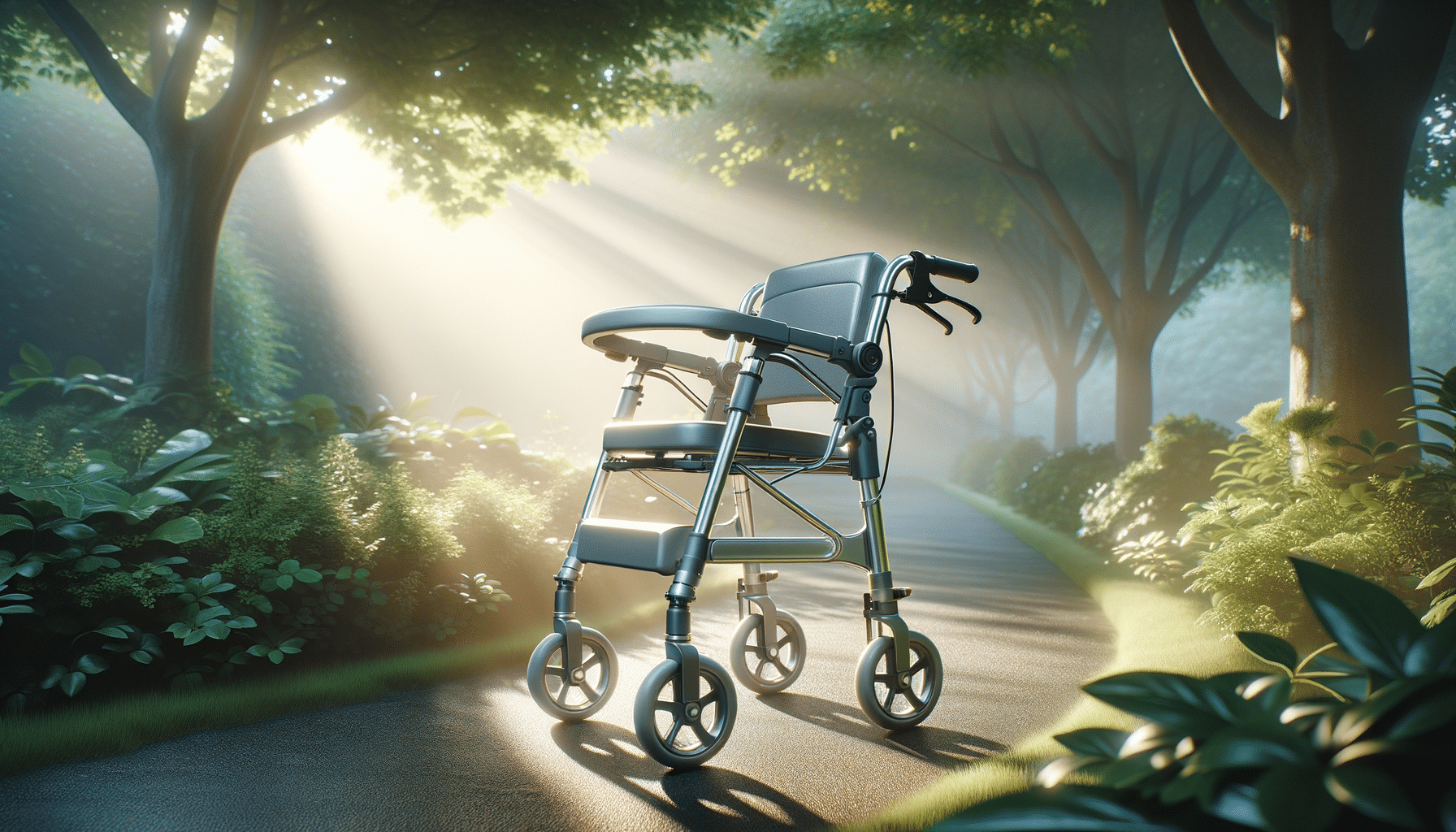
Exploring Senior Mobility Walkers for 2025
Introduction to Senior Mobility Walkers
Mobility is a crucial aspect of maintaining independence and quality of life for seniors. As we age, our physical abilities may decrease, leading to challenges in moving around safely. This is where mobility aids like walkers come into play. Walkers for seniors are designed to provide support, stability, and assistance, enabling older adults to move freely and confidently. In 2025, advancements in technology and design have led to a variety of walker options, each catering to specific needs and preferences. This article explores the latest trends and features in senior mobility walkers, helping you make informed decisions for yourself or your loved ones.
Types of Walkers Available
The market for senior mobility walkers offers a wide range of options, each designed with specific features to accommodate different needs:
- Standard Walkers: These are the most basic type, featuring a lightweight frame and no wheels. They require the user to lift and move the walker with each step, providing maximum support.
- Two-Wheeled Walkers: Adding wheels to the front legs of a walker allows for easier movement, reducing the need to lift the device entirely.
- Four-Wheeled Rollators: These walkers come with four wheels and often include a seat, brakes, and storage compartments, making them ideal for longer distances and outdoor use.
- Knee Walkers: Designed for individuals recovering from foot or ankle injuries, these walkers allow the user to rest one leg while propelling themselves with the other.
Choosing the right type of walker depends on the user’s level of mobility, strength, and specific requirements. It’s important to assess these factors carefully to ensure the walker provides the necessary support and convenience.
Key Features to Consider
When selecting a walker for seniors, several key features should be taken into account to ensure safety, comfort, and usability:
- Adjustable Height: Walkers with adjustable height settings can accommodate users of different statures, ensuring ergonomic use and reducing strain on the back and arms.
- Weight Capacity: It’s essential to check the weight capacity of a walker to ensure it can safely support the user. Most standard walkers support up to 250 pounds, but heavy-duty models are available for higher weight limits.
- Portability: For users who travel frequently, a lightweight, foldable walker is ideal. This feature makes it easier to transport and store the device when not in use.
- Braking System: Especially important for rollators, a reliable braking system ensures the walker can be stopped quickly and safely, preventing accidents.
- Accessories: Many walkers come with additional features such as baskets, trays, or cup holders, enhancing functionality and convenience.
Considering these features can significantly impact the user’s experience, providing greater independence and confidence in daily activities.
Benefits of Using Walkers for Seniors
Incorporating a walker into a senior’s life can offer numerous benefits, improving both physical health and emotional well-being:
- Increased Mobility: Walkers provide the necessary support for seniors to move around their homes and communities with ease, reducing the risk of falls and injuries.
- Improved Confidence: With the stability provided by a walker, users often feel more confident in their ability to navigate various environments, leading to greater independence.
- Enhanced Social Life: Mobility aids enable seniors to participate in social activities and maintain connections with friends and family, which is essential for emotional health.
- Pain Reduction: By offering support and reducing the physical strain on joints and muscles, walkers can alleviate pain associated with conditions like arthritis.
The positive impact of using a walker extends beyond physical health, contributing to a better quality of life for seniors.
Future Trends in Mobility Walkers
As technology continues to advance, the future of mobility walkers looks promising, with several trends emerging in 2025:
- Smart Walkers: Integrating technology such as GPS, health monitoring, and alert systems, smart walkers provide enhanced safety and convenience for users.
- Eco-Friendly Designs: Increasing awareness of environmental issues is leading to the development of walkers made from sustainable materials, reducing their ecological footprint.
- Customization Options: Personalized walkers that cater to individual preferences and needs are becoming more common, allowing for greater user satisfaction.
- Lightweight Materials: Advances in material science are resulting in lighter yet durable walkers, improving portability without compromising strength.
These trends indicate a shift towards more user-friendly, sustainable, and technologically advanced mobility aids, promising a brighter future for seniors seeking independence and mobility.
Conclusion: Choosing the Right Walker for Your Needs
When selecting a walker for yourself or a loved one, it’s crucial to consider the individual’s specific needs, lifestyle, and preferences. With the wide variety of options available in 2025, from standard walkers to advanced rollators, there’s a suitable choice for everyone. By understanding the features and benefits of different walkers, you can make an informed decision that enhances mobility, safety, and quality of life. Whether for short-term rehabilitation or long-term use, the right walker can provide the support and confidence needed to navigate the world with ease.


